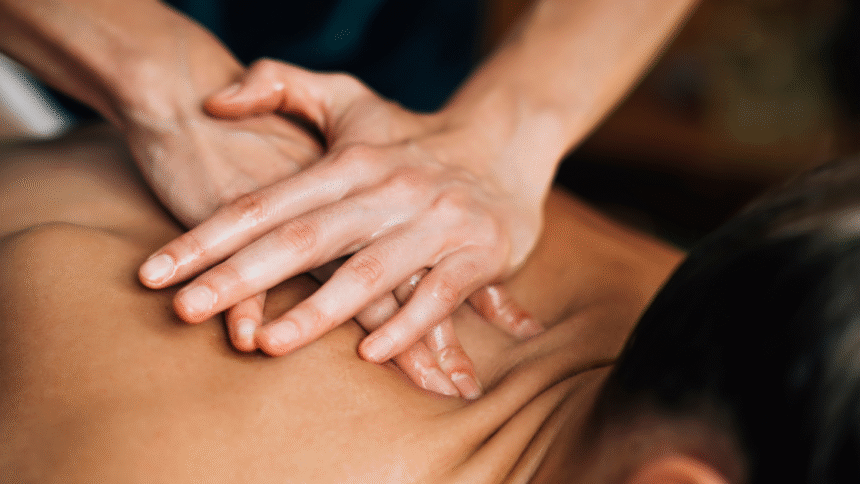Pain, whether chronic or temporary, can disrupt daily life and reduce overall well-being. Managing pain effectively involves incorporating simple and proven techniques into your routine to help mitigate discomfort and improve function. Explore various methods for pain management, each offering its own unique set of benefits.
Practice Deep Breathing Daily
Deep breathing exercises are a straightforward way to ease physical tension and provide a sense of calm. Engaging in slow, controlled breathing helps the body relax and can interrupt the cycle of pain and stress. To practice, sit or lie down in a comfortable position, place one hand on your abdomen, and inhale deeply through your nose, allowing your stomach to expand. Slowly exhale through your mouth while focusing on the breath. By devoting ten minutes a day to focused breathing, you create a healthy habit that may assist in calming the nervous system and loosening tight muscles. The simplicity and accessibility of this technique make it an excellent choice for anyone looking for pain management.
Use Heat and Cold
Using temperature therapy is a practical and efficient way to target different types of pain. Below are guidelines for using heat and cold effectively:
- Heat Therapy: Apply a warm towel, heating pad, or warm bath to help relax stiff muscles and improve circulation. Ideal for chronic pain or discomfort caused by muscle tension.
- Cold Therapy: Use ice packs or cold compresses to numb acute pain and reduce inflammation. Effective for injuries, swelling, or irritation after activity.
- Alternating Heat and Cold: Switch between heat and cold to target pain from overuse or recovery after physical activity. This method can increase flexibility and reduce soreness.
Always place a protective barrier, such as a cloth, between your skin and the heat or cold source to avoid burns or irritation.
Try Gentle Stretching Exercises
Stretching keeps muscles and joints flexible, which can support pain management over time. Starting with light, non-strenuous movements tailored to your pain level helps make sure that your body stays mobile.
- Perform shoulder rolls to release tension in the neck and upper back.
- Gently tilt your head toward one shoulder, holding for a few seconds to stretch the sides of your neck.
- Stretch your hamstrings by reaching toward your toes while seated and keeping your back straight.
Consistency is key with stretching. Dedicating 10 to 15 minutes a day to these exercises can improve circulation, release tight muscles, and prevent further stiffness. This approach promotes better posture and helps establish body alignment.
Explore Mindfulness Techniques
Mindfulness techniques, which focus on the present moment, can be highly effective for managing pain. Methods such as meditation involve sitting quietly and concentrating on your breath or a mantra; guided meditations offer helpful instructions for beginners. Body scanning encourages you to slowly focus on each part of your body, noticing and releasing tension or discomfort. Mindful movement, through activities such as yoga or tai chi, combines mindfulness with gentle physical activity, promoting relaxation and enhanced physical function. These practices help foster mental clarity, enabling you to reframe your response to pain and reduce its emotional impact.
Commit to Pain Management Today
Pain management is a daily commitment to practices that empower you to take control of your comfort and functionality. Incorporating techniques such as deep breathing, temperature therapy, stretching, and mindfulness into your life can help you address pain in a targeted and practical manner. Choose the methods that resonate most with your lifestyle and begin integrating them today to support a healthier, more active life.





